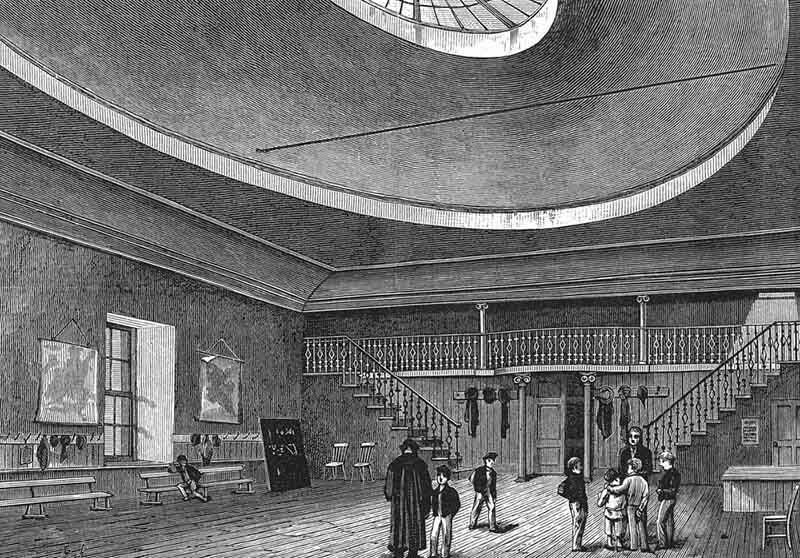The Edinburgh School of Arts

By the early 19th century the industrial revolution was fast taking pace with the factory system, changing the nature of the British economy and society for ever. Along with the rapid industrialisation, a new working class emerged hungry for the opportunity to receive an education. However at that point the cost of higher education meant it was restricted to the elite. Edinburgh was also the hub of the Scottish Enlightenment, promoting the ideals of self improvement through education.
The lack of technical and scientific education available for workers was becoming a problem. One day, linen merchant and social reformer Leonard Horner discussed the problem with his friend clock maker Robert Bryson who was finding it difficult to obtain classes for his apprentices. They decided to solve the problem themselves, and with the support of wealthy Edinburgh citizens such as Sir Walter Scott, Lord Cockburn and the Craig family of Riccarton who agreed to give annual subscriptions to help pay for the cost of classes, set up evening classes with fees that working men could afford.
On 16th October 1821 the School of Arts of Edinburgh "for the instruction of mechanics in such branches of physical science as are of practical application in their several trades" held the first lecture in chemistry at St Cecilia's concert hall in the Old Town. Despite criticism from the establishment fearing educating the lower classes would lead to revolution, the School also received support from The Scotsman, and within a month 452 students had enrolled. Within 30 years there were 700 Mechanics Institutes in Britain and the movement had also developed in American and Australia.